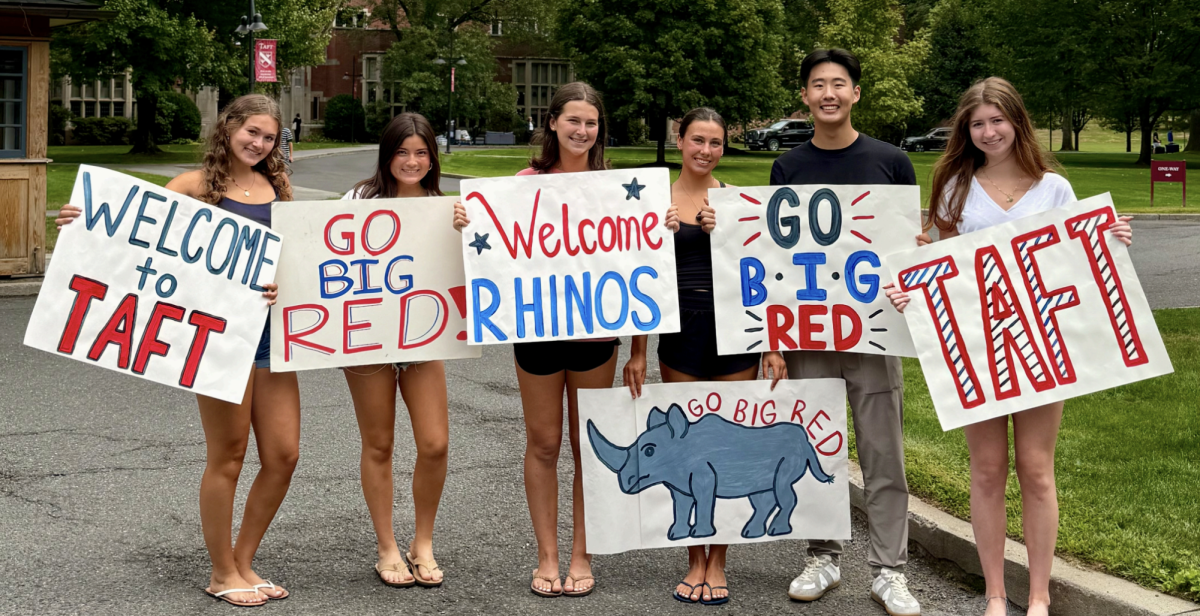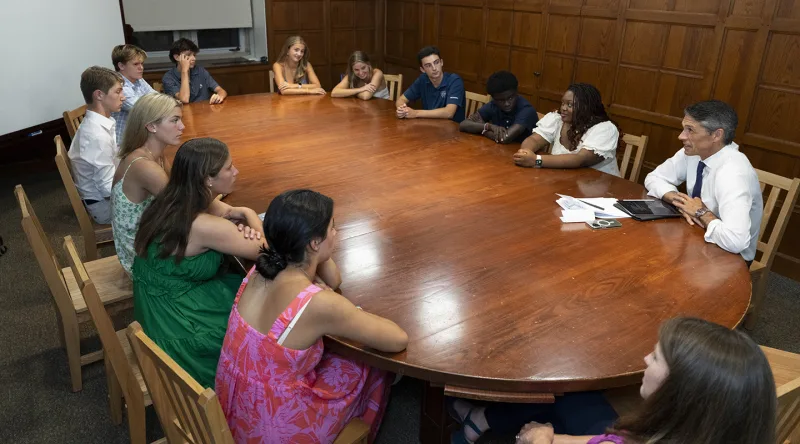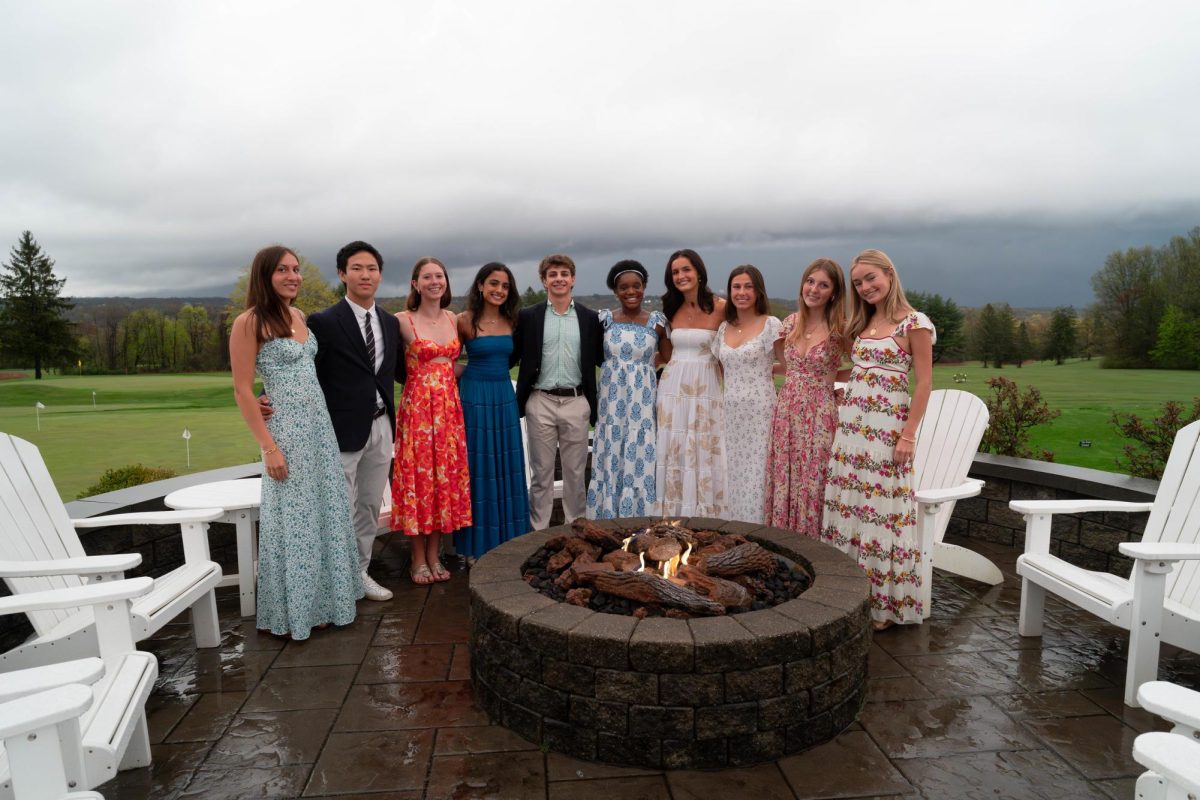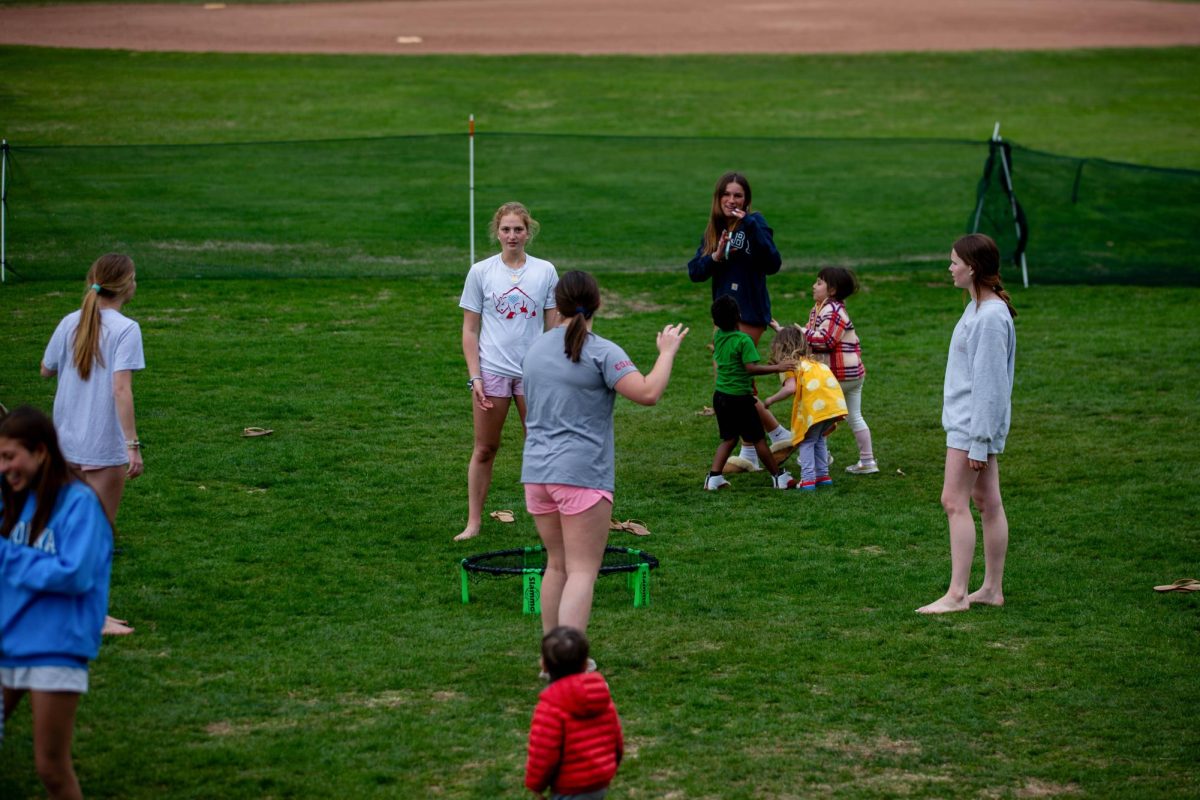The student body at Taft is generally well-rounded, balancing demanding academics, elite sports teams, and impressive extracurriculars. But walking down Main Hall, I couldn’t help but notice the new floor-to-ceiling display of all of our clubs and organizations, and think to myself, is all of this really necessary?
As someone who joined too many clubs freshman year under the social pressure to be involved beyond Taft’s already demanding schedule, I think this behavior has tipped the scales from exciting to overwhelming. Here at Taft, we seem to have created a culture in which the more clubs you join, the merrier, but I think it’s time we address the cost of all of this involvement.
There’s no doubt about the integral role clubs play in creating spaces where students can explore specific interests outside of the classroom; whether it’s learning to fish or joining an affinity group, clubs provide a meaningful space for learning, forming connections, and growth. However, the sheer number of clubs at Taft, many with overlapping missions or struggling to meet, shows that what was meant to enrich student life often adds stress and highlights inconsistency. Too often, I hear about students joining clubs just because they want to “bolster their resumé” rather than build real communities or explore genuine interests. The exclusivity of a club should not count towards why a student wants to join it; instead, we should focus on shared passion, not status. When involvement in these clubs and organizations is driven by pressure, not purpose, it reduces the value of being in one and makes it almost entirely obsolete. This leaves us with kids in love with the idea of being in a club just to say they were selected, but with no drive to contribute to the club’s mission.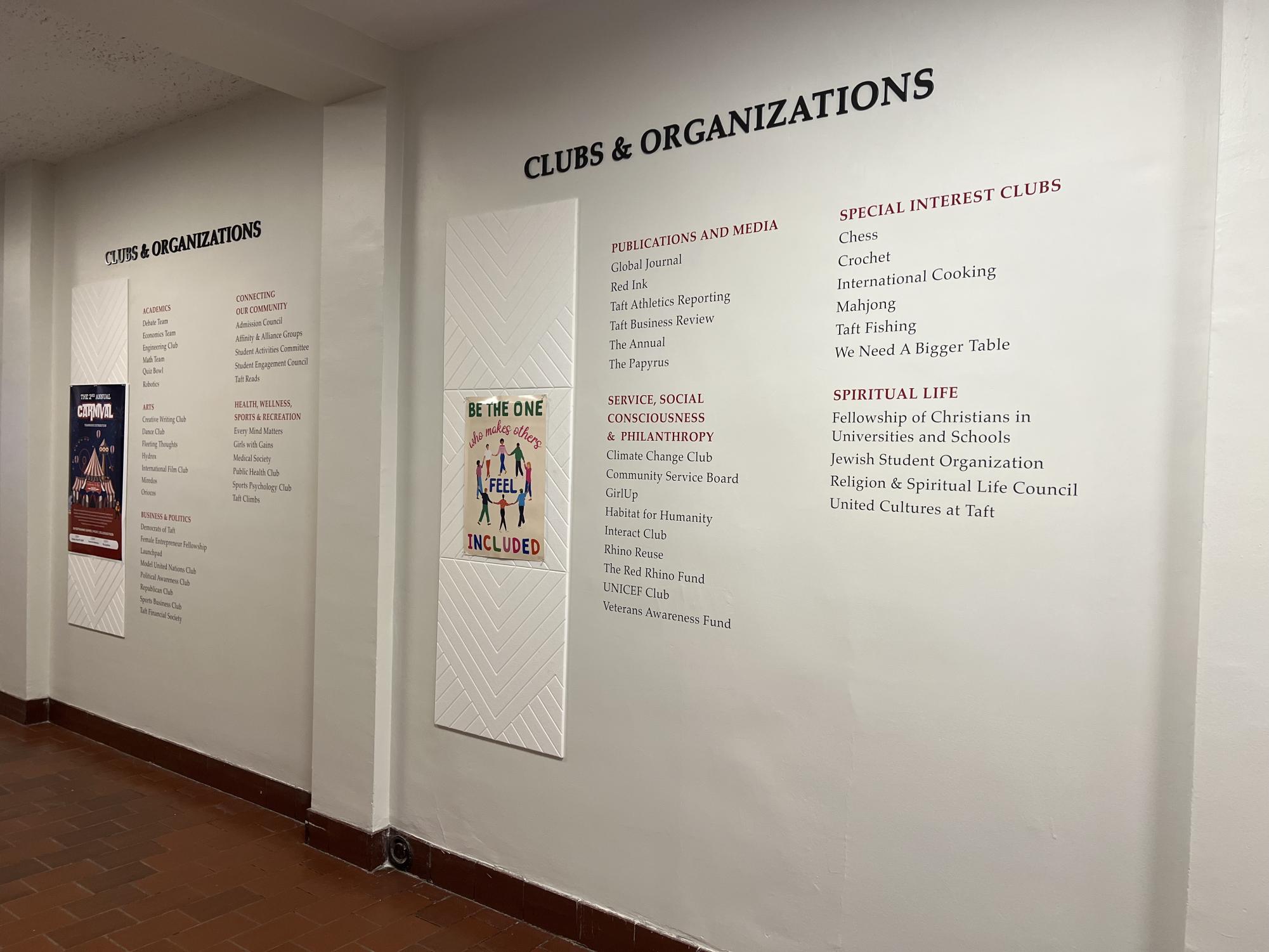
Many clubs at Taft also lack any serious longevity; I can 100% confirm that there are clubs posted on the wall of Main Hall right now that have not met in two years because, again, I was a follower of club-joining culture in my early years here and joined several clubs that ultimately lacked the time or organization to last. This highlights the notion that if so many of these clubs are started from a place of excitement and passion, yet burn out so quickly, students are spread so thin they cannot deeply commit to any of it. There’s also an issue of redundancy: with so many clubs aimed at accomplishing almost identical goals, it makes it difficult for any individual organization to make that big of a difference. Moreover, with so many clubs existing only by name, the nature of the club system, in general, begins to feel almost entirely performative.
I’m not against the idea of starting new clubs, and I do not want to limit student creativity. I just believe that if we, as a school, worked to counter the club culture that we have now, Tafties would feel less overwhelmed, and each individual organization would have a deeper and more profound impact. If each student focused on one or two clubs that they truly enjoyed, we would be taking steps as a community toward a school that genuinely prioritizes engagement and passion over checking boxes. Because sometimes, less is really more.

